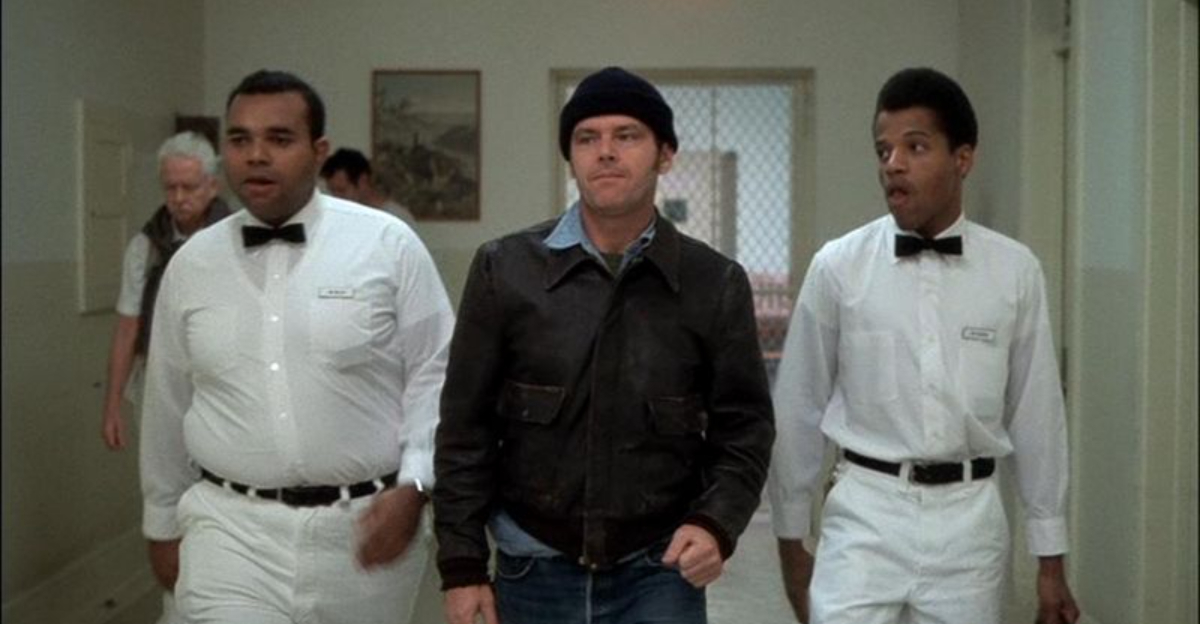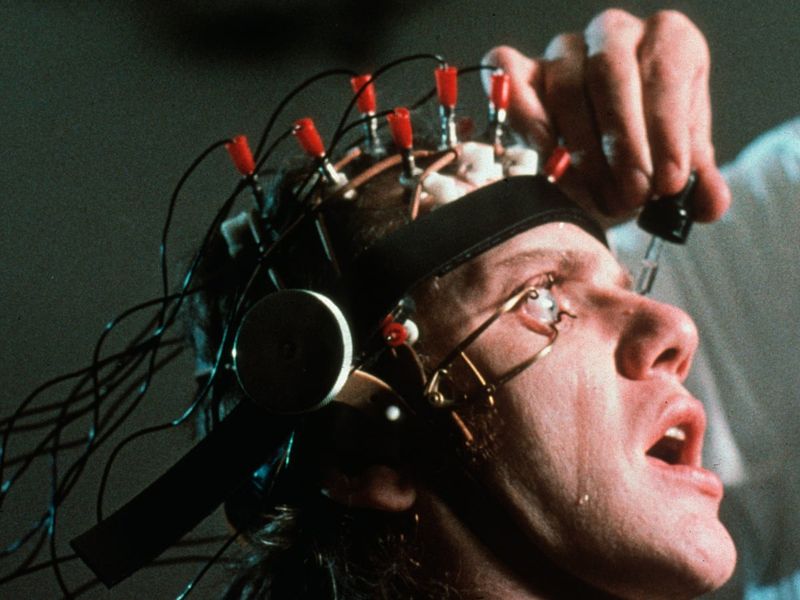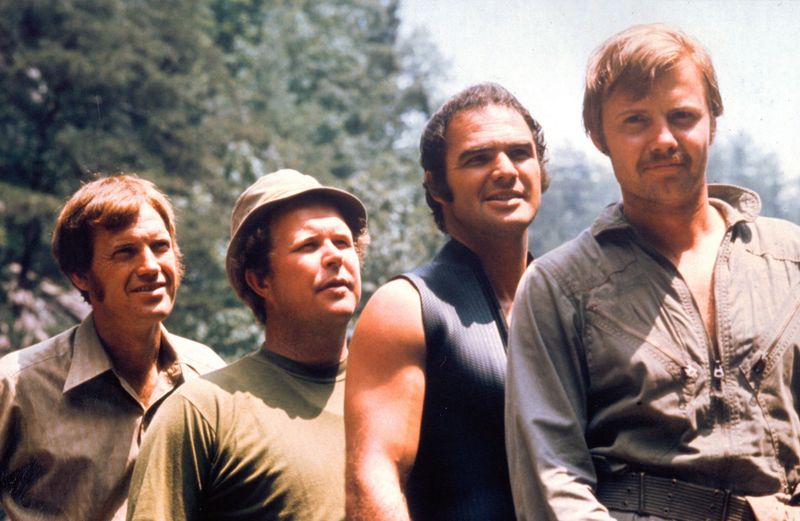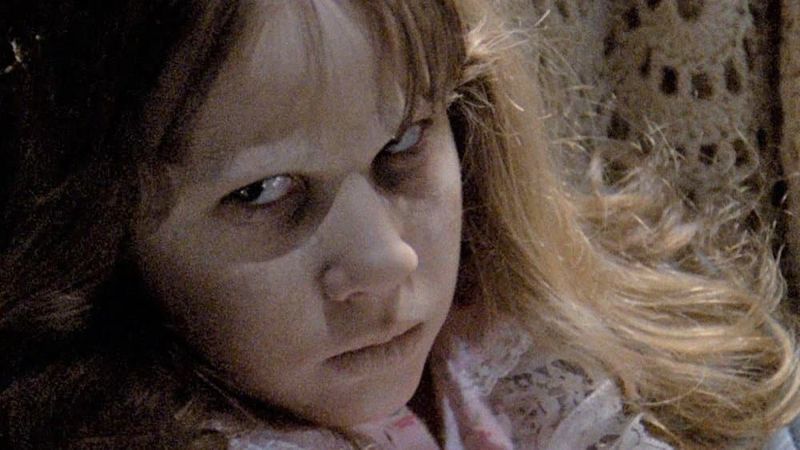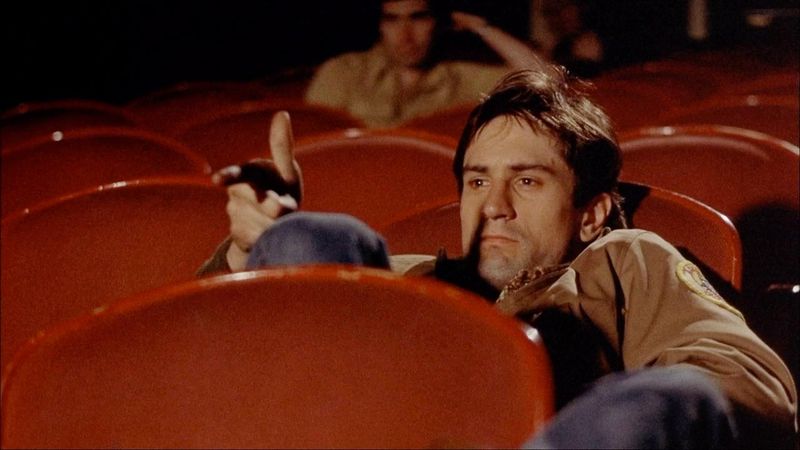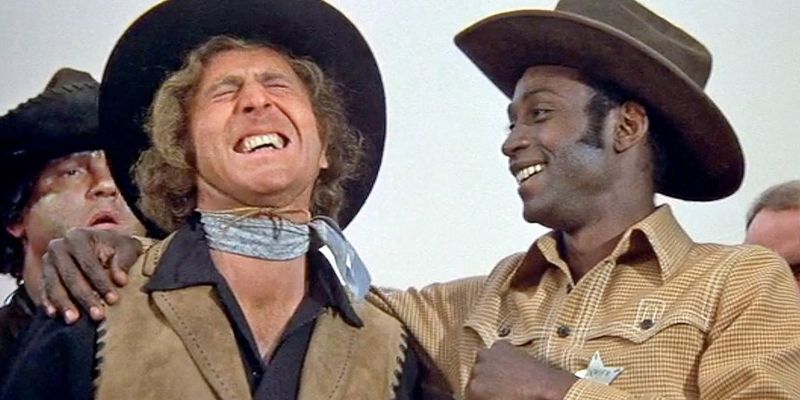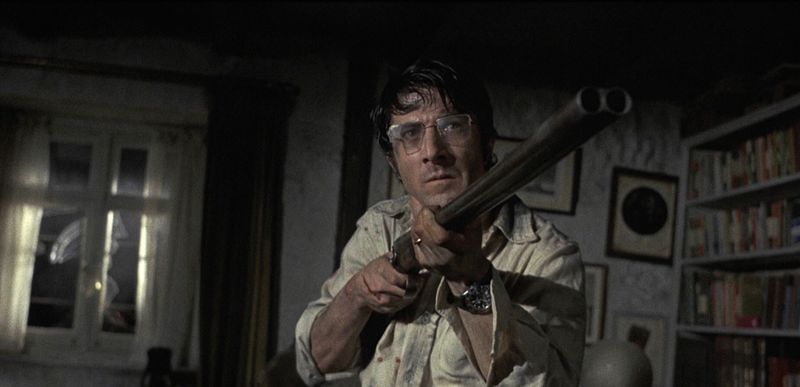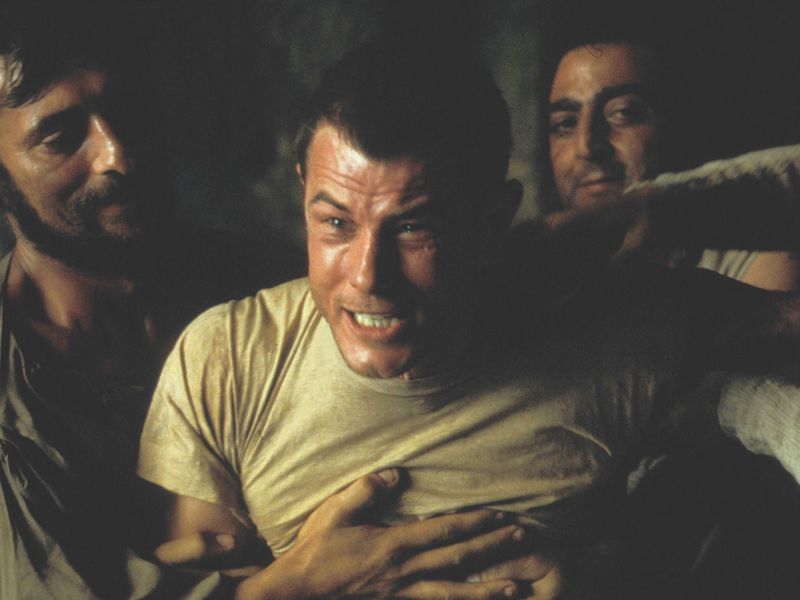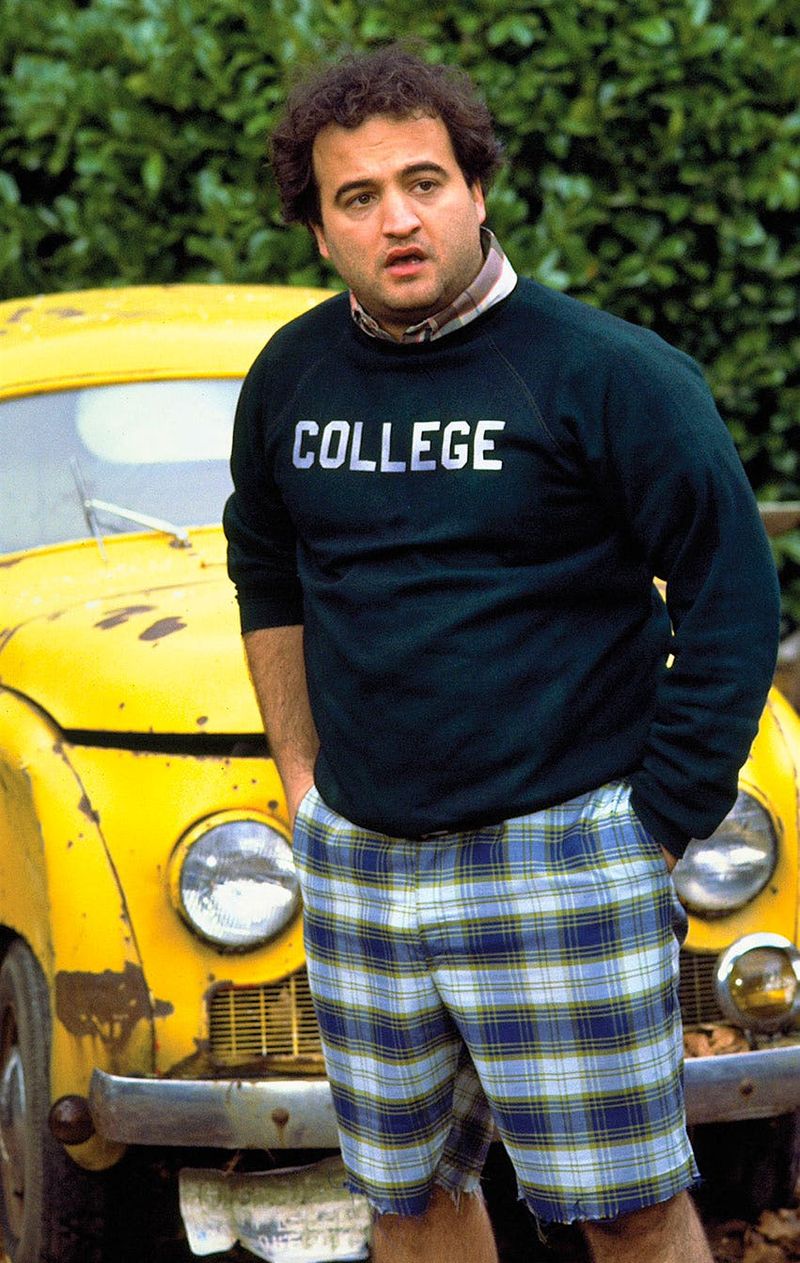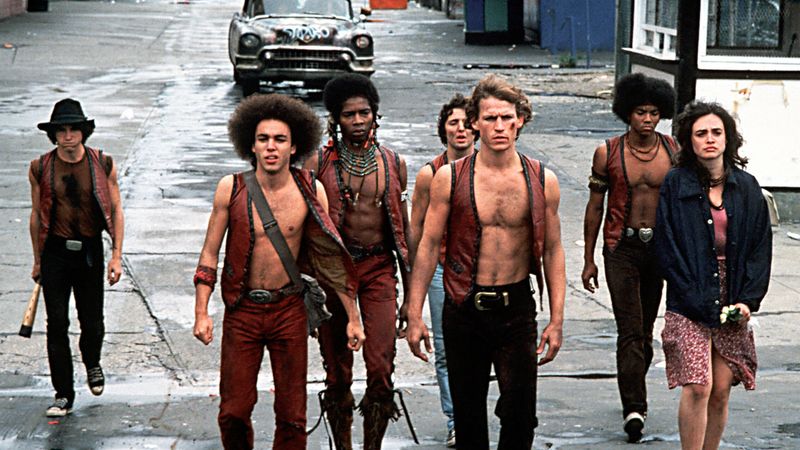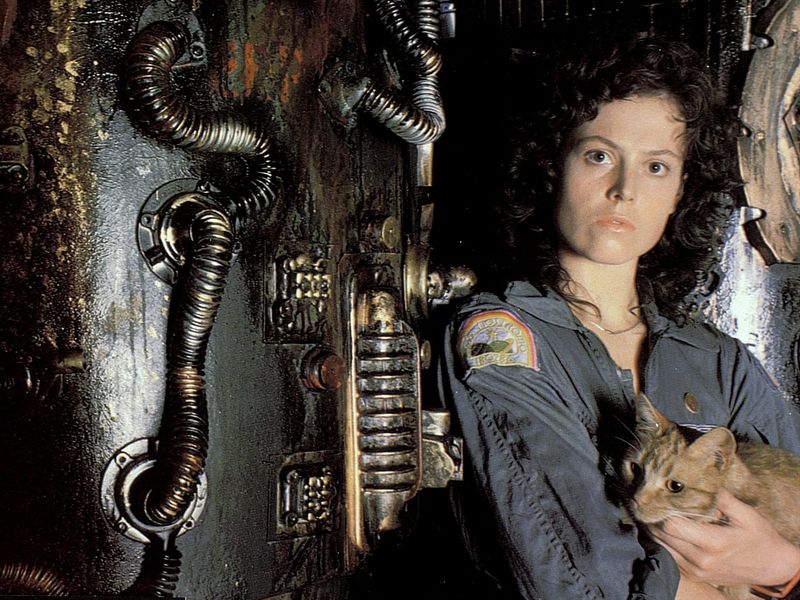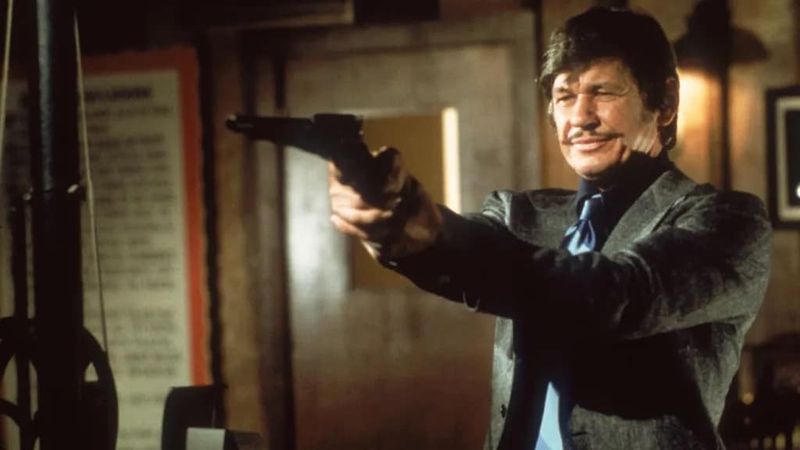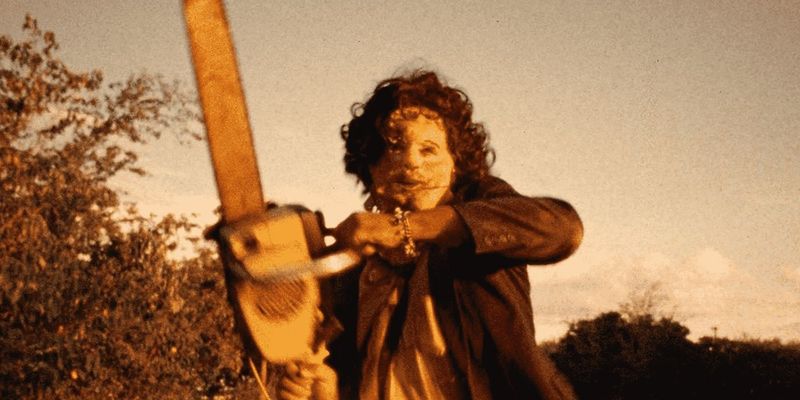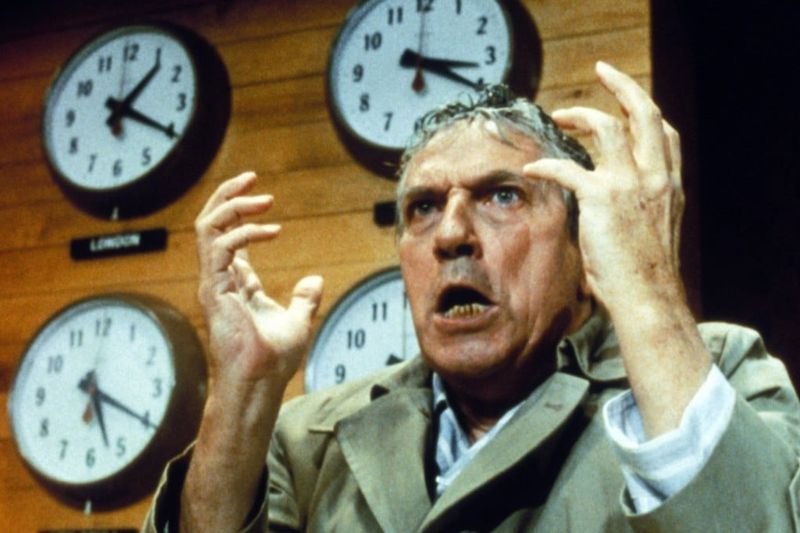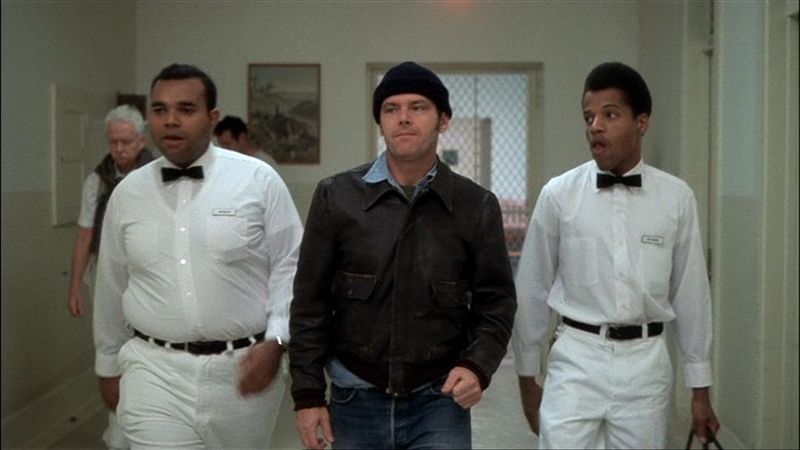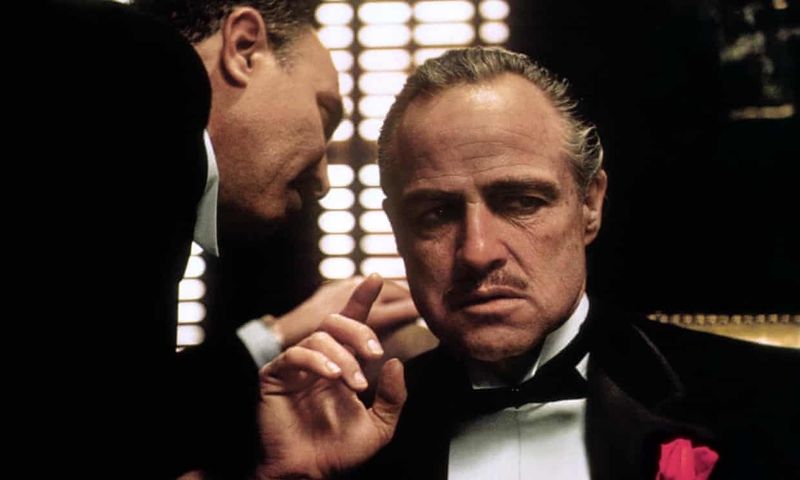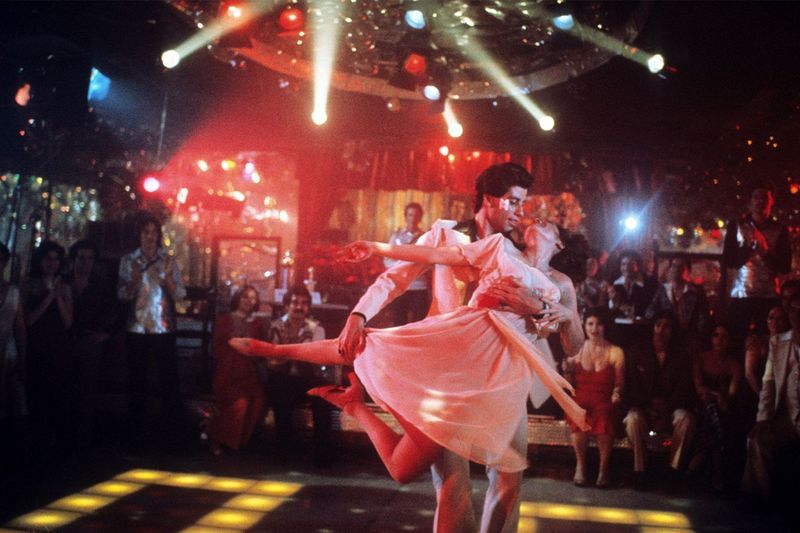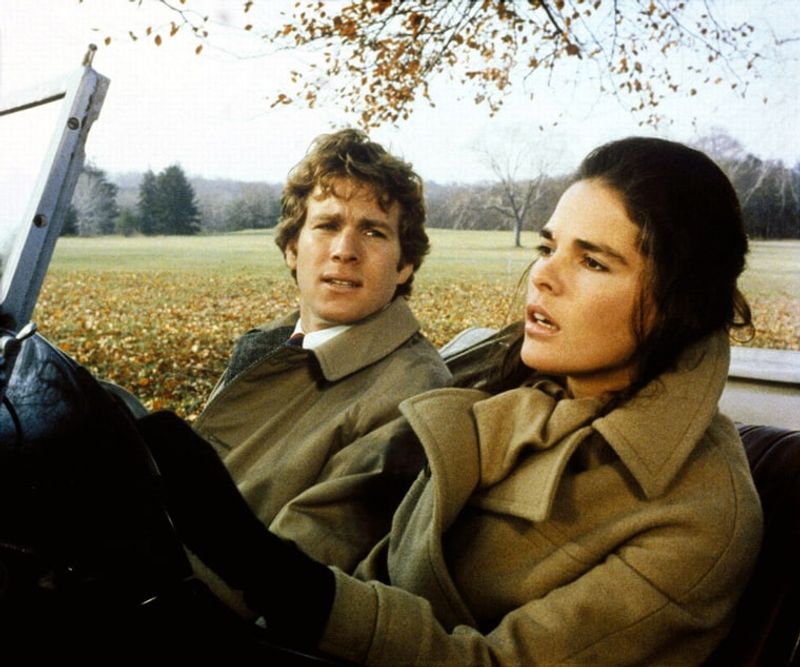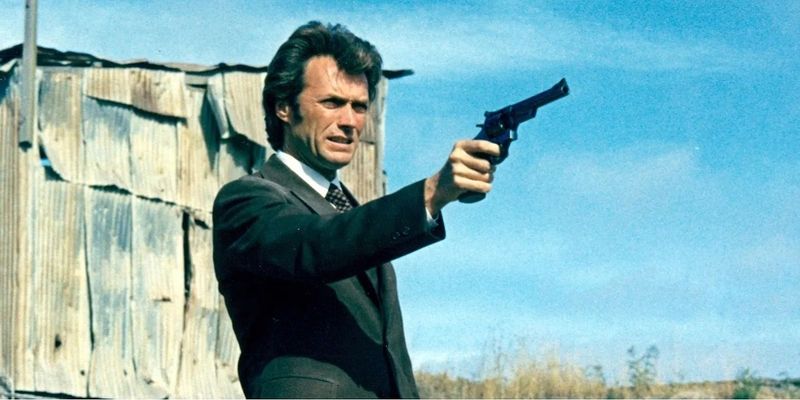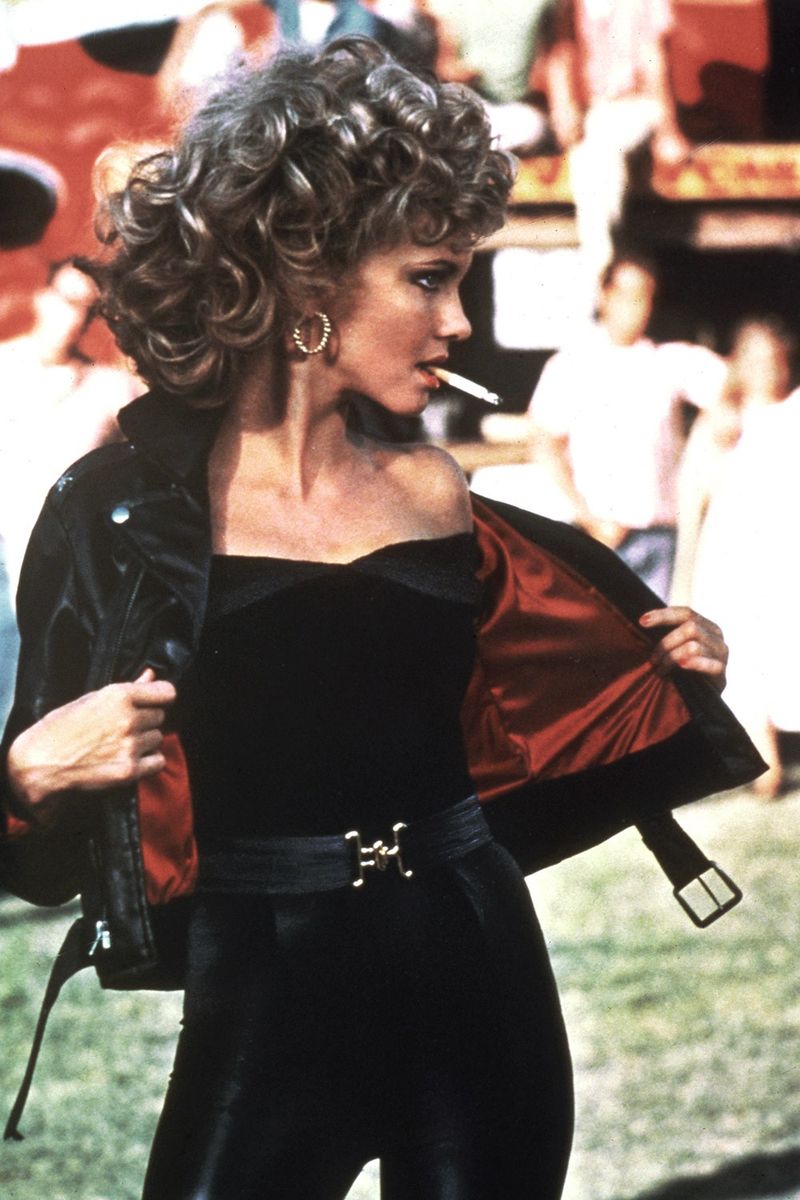The 1970s was truly a wild era for Hollywood. Filmmakers pushed boundaries with shocking content, controversial themes, and stories that reflected a society in flux.
Looking back at these blockbusters now, it’s amazing how many beloved classics from that decade would face serious pushback or outright rejection in today’s more socially conscious movie landscape.
1. A Clockwork Orange (1971)
Stanley Kubrick’s dystopian nightmare still shocks viewers five decades later. The film’s protagonist commits heinous acts of violence, all set to classical music and filmed with artistic precision.
Kubrick himself pulled it from UK distribution after copycat crimes. Modern studios would fear the graphic sexual violence and psychological horror would trigger too much backlash on social media.
2. Deliverance (1972)
Four city men venture into rural Georgia for a canoe trip that spirals into a nightmare. The film’s infamous “squeal like a pig” assault scene remains one of cinema’s most disturbing moments.
Beyond the violence, its portrayal of rural Southerners as degenerate threats would ignite fierce criticism today. The film’s unflinching approach to male sexual violence makes it virtually unmakeable now.
3. The Exorcist (1973)
Considered by many the scariest film ever made, The Exorcist featured a 12-year-old girl (played by actress Linda Blair) possessed by a demon. Audiences literally fainted in theaters.
The film shows a child’s body being violated, her innocent face transformed into something monstrous. Studios today would never approve scenes of a young girl stabbing herself with a crucifix or spewing vulgar blasphemies.
4. Taxi Driver (1976)
Martin Scorsese’s gritty masterpiece follows Travis Bickle, a disturbed Vietnam vet who becomes obsessed with “saving” a 12-year-old prostitute. Robert De Niro’s iconic “You talkin’ to me?” scene captures his character’s dangerous mental spiral.
The film’s ambiguous stance on vigilante justice and its portrayal of mental illness would face intense scrutiny today. Modern studios would balk at depicting a child sex worker so explicitly.
5. Blazing Saddles (1974)
Mel Brooks’ satirical western deliberately uses racial slurs and stereotypes to mock racism itself. The film features a Black sheriff in a racist town, turning bigotry into comedy gold.
Despite its anti-racist message, modern studios would fear the liberal use of slurs and offensive humor. The film’s brilliant satire relies on language and jokes that would never make it past today’s screenwriting phase.
6. Straw Dogs (1971)
Sam Peckinpah’s brutal thriller follows a mathematician and his wife who face escalating violence from locals in rural England. The film contains a notorious rape scene that remains divisive to this day.
The scene’s ambiguity about the wife’s consent makes it particularly problematic by modern standards. No contemporary studio would greenlight a film with such morally complex treatment of sexual assault.
7. The Deer Hunter (1978)
This Vietnam War epic spans three hours and features harrowing Russian roulette scenes that left audiences shell-shocked. The film follows Pennsylvania steelworkers whose lives are destroyed by war.
Modern studios rarely approve such lengthy, challenging dramas without superhero elements. The film’s unflinching portrayal of PTSD and suicide would raise concerns about triggering vulnerable viewers, despite its anti-war message.
8. Midnight Express (1978)
Based on a true story, this prison drama follows an American student caught smuggling drugs in Turkey. The film portrays Turkish people and their prison system with unrelenting brutality.
The movie caused diplomatic tensions between America and Turkey. Today’s globally-conscious studios would avoid such one-dimensional national stereotyping that paints an entire culture as sadistic and corrupt.
9. Animal House (1978)
This raunchy comedy about 1960s fraternity life launched the college comedy genre. The film celebrates behavior that’s now recognized as problematic – excessive drinking, sexual misconduct, and racism played for laughs.
One character debates whether to take advantage of an unconscious underage girl. Another scene features a young professor’s wife being sexually harassed. These jokes wouldn’t survive today’s script development process.
10. The Warriors (1979)
Gangs in distinctive costumes battle across New York City in this stylized action film. The Warriors must travel from the Bronx to Coney Island while evading rival gangs after being framed for murder.
The film’s theatrical release sparked real-world violence in theaters. Modern studios would fear glorifying gang culture and inspiring copycat crimes, especially given ongoing concerns about media influence on violence.
11. Alien (1979)
Ridley Scott’s sci-fi horror masterpiece moves at a deliberately slow pace, building tension through restraint. The film’s sexual imagery—from the phallic alien to the birthing metaphors—runs throughout.
While still beloved, today’s studios would demand more action sequences and less psychological horror. The original’s patient pacing and disturbing bodily violation themes would likely be sacrificed for faster thrills and franchise potential.
12. Death Wish (1974)
Charles Bronson plays an architect who becomes a vigilante after criminals attack his family. The film presents his revenge spree as heroic, with audiences cheering as he guns down muggers.
Its unabashed celebration of taking the law into one’s hands would face criticism from all political sides today. The 2018 remake with Bruce Willis was significantly toned down and still faced backlash for its gun violence glorification.
13. The Texas Chain Saw Massacre (1974)
Shot on a shoestring budget, this horror landmark follows teenagers who encounter a family of cannibals. Despite minimal on-screen gore, its raw intensity created an overwhelming sense of terror.
Modern studios would demand more explicit explanations and backstory. The film’s nihilistic worldview and lack of redemptive characters would likely be softened to avoid alienating audiences looking for more than pure, unrelenting horror.
14. Network (1976)
“I’m mad as hell and I’m not going to take this anymore!” This prescient satire predicted our current media landscape with eerie accuracy. The film shows a TV network exploiting a mentally ill anchor for ratings.
The biting critique of television would hit too close to home for today’s media conglomerates. No major studio would greenlight such a scathing takedown of the very industry they operate in.
15. One Flew Over the Cuckoo’s Nest (1975)
Jack Nicholson’s rebellious mental patient challenges the oppressive Nurse Ratched in this powerful drama. The film portrays mental health institutions as dehumanizing and cruel.
Today’s more nuanced understanding of mental health would require significant script changes. The portrayal of electroshock therapy and lobotomy as punishment rather than misguided treatment would face scrutiny from mental health advocates.
16. The Godfather (1972)
Francis Ford Coppola’s mafia epic remains one of cinema’s greatest achievements. The film presents organized crime through the lens of family loyalty and corrupted American values.
Despite its artistic merit, modern studios might hesitate over its glorification of the mafia and Italian-American stereotypes. The film’s celebration of traditional masculinity and violence as problem-solving would likely face pushback in development.
17. Saturday Night Fever (1977)
Behind the disco soundtrack and dance sequences lies a much darker film than many remember. John Travolta’s Tony Manero casually drops racial slurs throughout the movie.
The film includes a disturbing scene where Tony’s friends sexually assault a girl in a car while he watches. These elements would never survive today’s script development, especially in what’s marketed as a music-driven crowd-pleaser.
18. Love Story (1970)
This tearjerker romance gave us the infamous line: “Love means never having to say you’re sorry.” The film follows Harvard student Oliver and working-class Jenny through their doomed relationship.
Modern audiences would question the film’s outdated gender roles and toxic relationship dynamics. Jenny sacrifices her career for Oliver’s success, a narrative that would face criticism from contemporary viewers as regressive and promoting unhealthy relationship patterns.
19. Dirty Harry (1971)
Clint Eastwood’s iconic detective disregards legal procedures to catch a serial killer. His famous line—”Do you feel lucky, punk?”—epitomizes his approach to law enforcement.
The film portrays Harry as heroic for breaking rules and violating civil liberties. Today’s politically divided audience would reject this portrayal from different angles: conservatives would dislike its anti-authority stance, while progressives would criticize its celebration of police brutality.
20. Grease (1978)
This beloved musical ends with Sandy completely changing her appearance and personality to win Danny’s affection. Her transformation from “good girl” to leather-clad vixen delivers the message that being yourself isn’t enough.
The film also includes lyrics about questionable consent (“Did she put up a fight?”) and a character dropping out of school after pregnancy rumors. These elements would require significant updating for today’s more progressive audiences.
